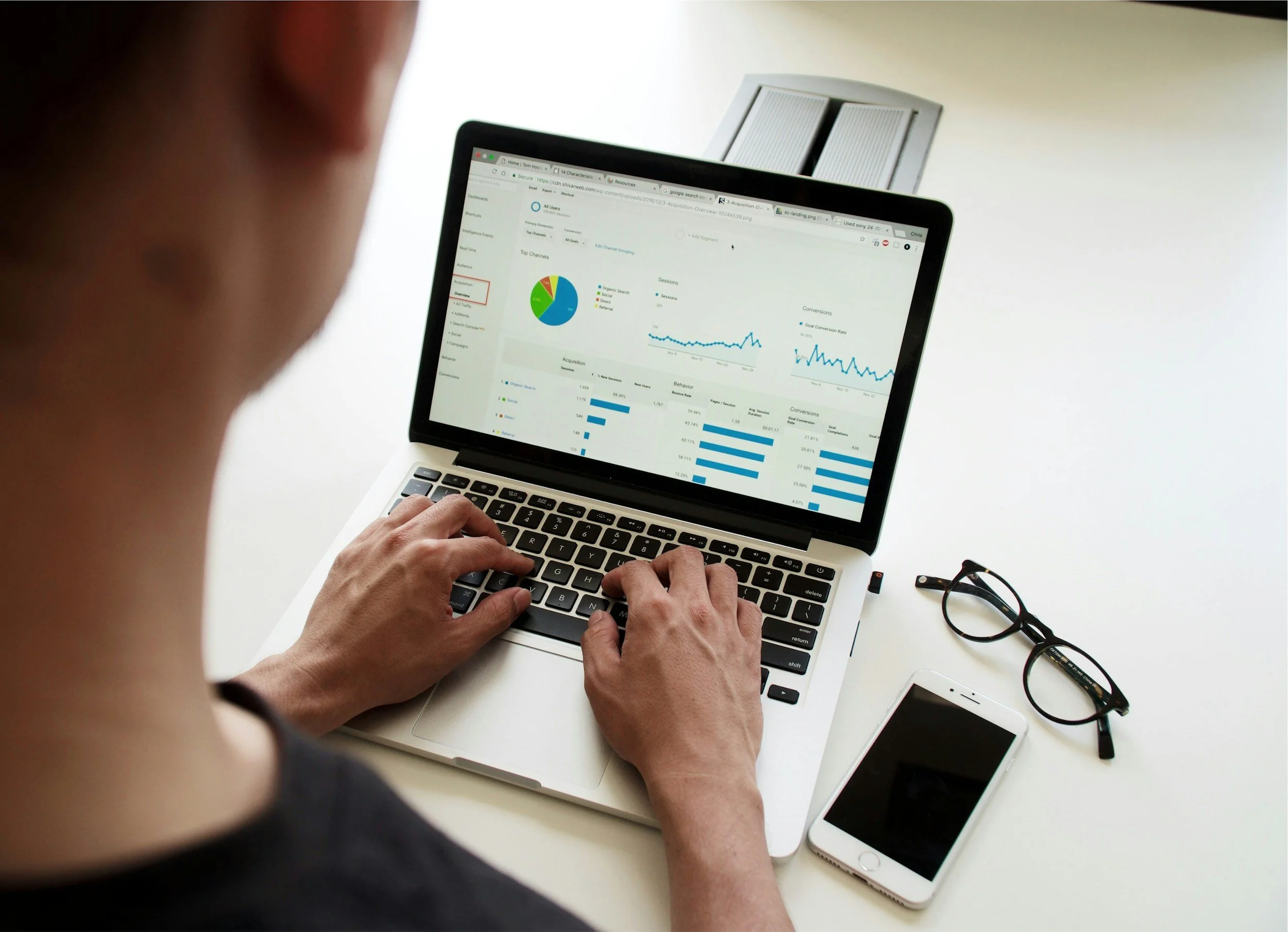What Your Balance Sheet Truly Reveals
Welcome to the next article in our Accounting & Tax 101 series — short, plain-English guides to help you understand the numbers that matter.
When you get your company accounts, the Balance Sheet can feel like the most confusing page. Lots of numbers, split into “assets” and “liabilities,” with no obvious story. But in reality, the Balance Sheet is just a snapshot of what the business owns, owes, and is worth on one day — usually your year-end. Here’s how to read it without the jargon.
1. Assets – “What the business owns”
These are the things of value in your business.
Cash in the bank
Customers who still owe you money (debtors)
Stock or work-in-progress
Equipment or property
Think of assets as the resources you have available.
2. Liabilities – “What the business owes”
These are the debts and obligations the business has to pay.
Suppliers waiting for payment (creditors)
Bank loans or overdrafts
Tax bills due to HMRC
This side shows what you owe to others.
3. Net Assets – “The difference”
This is simply:
Assets – Liabilities = Net Assets
It tells you what the business would be worth if everything were sold and all debts were paid.
But remember: your Balance Sheet can sometimes leave out important things — like the true market value of your assets, your brand, your reputation, or customer relationships. So while the Net Assets figure is a useful guide, it may not reflect what your business is really worth in practice.
4. Capital & Reserves – “Who it belongs to”
This section shows who owns the business value. For limited companies, it’s mainly the shareholders.
Money you originally invested in shares.
Profits you’ve kept in the business (rather than taking as dividends).
This is the company’s equity — essentially, the owner’s stake.
Why it matters
A healthy Balance Sheet means you have more assets than liabilities, giving you breathing space.
A weaker Balance Sheet (too many liabilities) can warn of cash pressure or over-borrowing.
Lenders, investors, and even HMRC examine your Balance Sheet to assess your financial strength.
The big picture
Profit & Loss shows how you performed over the year.
The Balance Sheet shows the position you’re left in at the end.
Taken together, they tell the full financial story.
Our advice
Don’t ignore the Balance Sheet — it’s more than just a page of numbers. It shows whether your business is growing in strength or running on thin ice.
Here at Accounts Action, we highlight the key numbers from your Balance Sheet and explain what they mean for you — so you can focus on decisions, not jargon.
This article is part of our Accounting & Tax 101 series — short guides to help you understand your accounts without the jargon.

